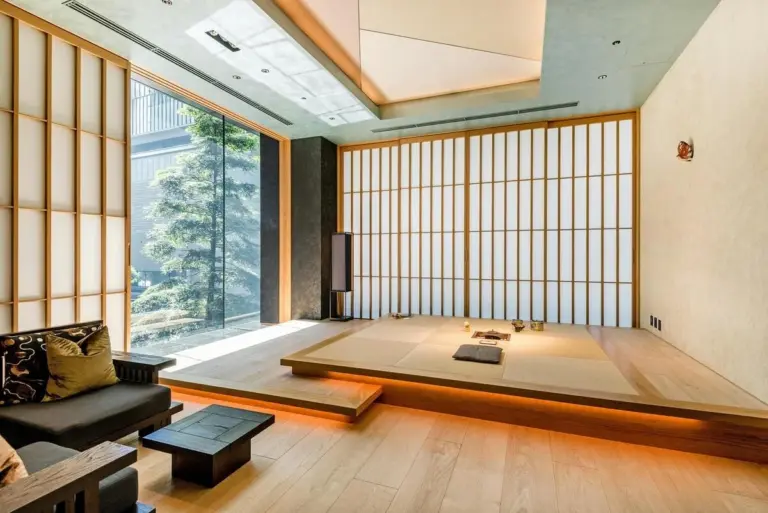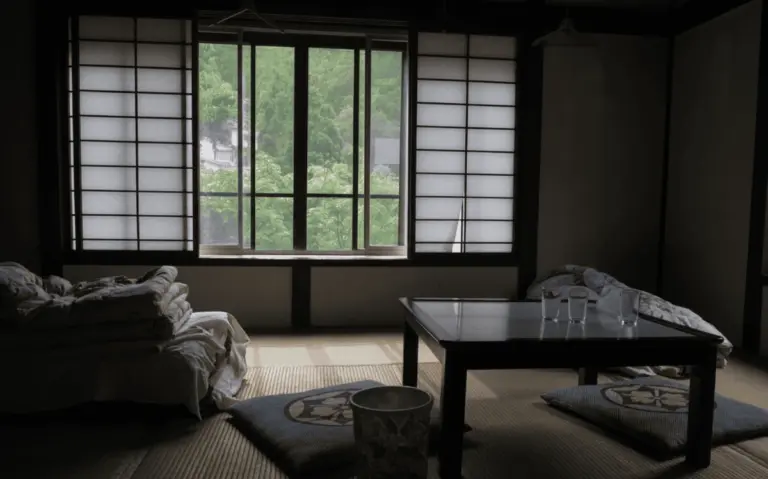Why Japanese People Still Use Sobakawa (Buckwheat) Pillows Today
The Enduring Appeal of Sobakawa: Why Japanese People Still Use Buckwheat Pillows
If you’ve ever wondered why Japanese people use buckwheat pillows even in modern times, the answer lies in a blend of tradition, practicality, and nature-conscious living. These sobakawa pillows—filled with thousands of tiny buckwheat hulls—have adapted to Japan’s humid climate, health awareness, and sustainable values. Understanding their lasting appeal reveals not only a bedding choice but a reflection of Japan’s evolving lifestyle.
A Pillow That Reflects Japan’s Climate and Lifestyle
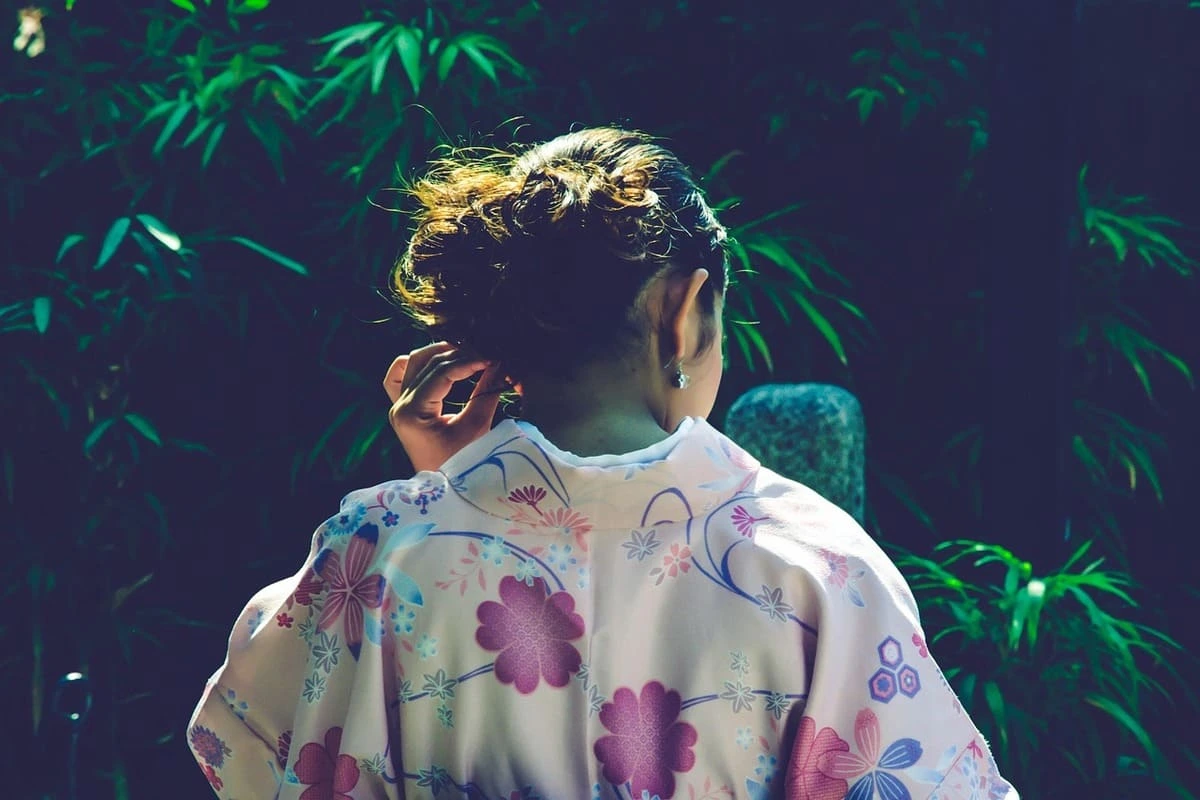 Historically, Japan’s humid summers and limited air conditioning in traditional homes made breathability essential in bedding. Buckwheat hulls, known as sobakawa, allow constant airflow inside the pillow, keeping it cool even on hot nights.
Historically, Japan’s humid summers and limited air conditioning in traditional homes made breathability essential in bedding. Buckwheat hulls, known as sobakawa, allow constant airflow inside the pillow, keeping it cool even on hot nights.
This natural ventilation matches the minimalist bedding setup still common in traditional or space-conscious Japanese homes—where futons are rolled and stored daily, and airflow helps prevent dampness or mold.
Because of Japan’s focus on seasonal living (kisetsukan), people naturally choose bedding that adjusts to changing weather. The buckwheat pillow’s ability to stay cool in summer and comfortably firm in winter makes it a year-round companion for many households.
Health and Posture Benefits That Keep It Relevant
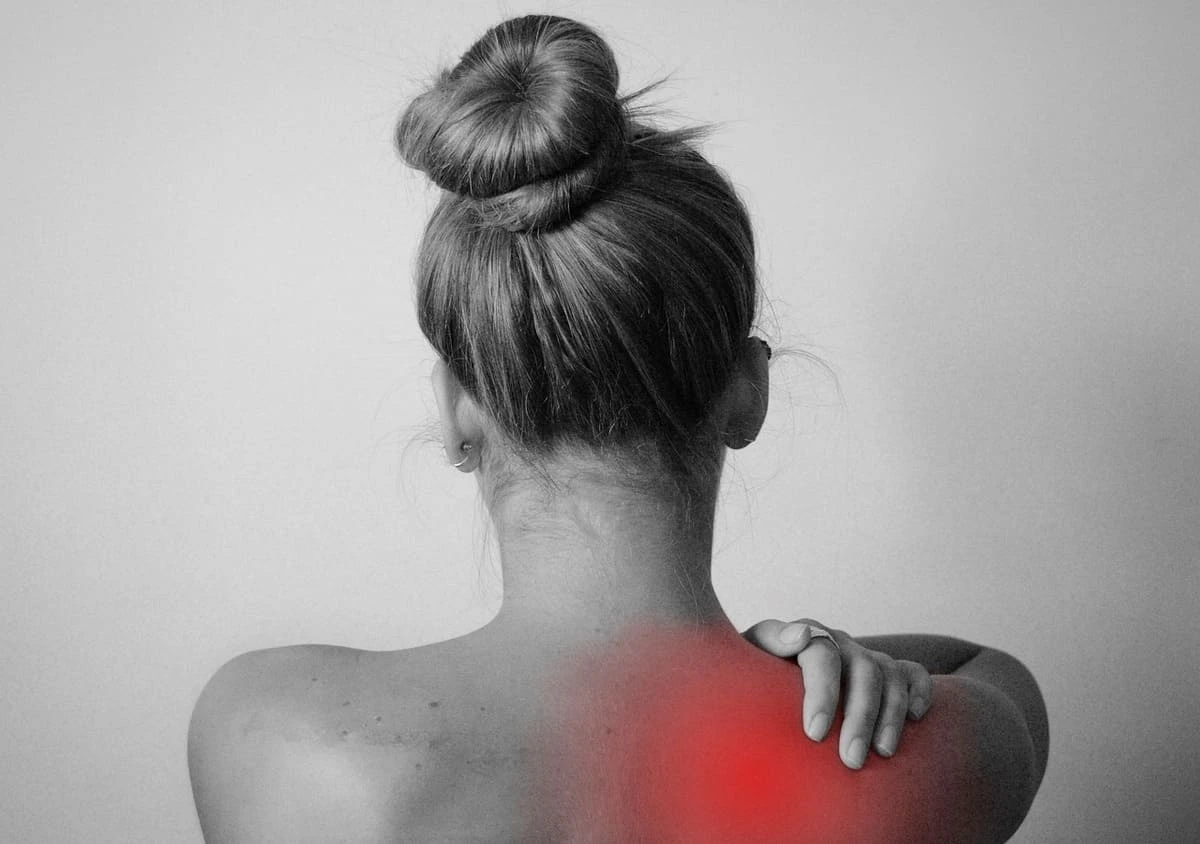 Beyond comfort, buckwheat pillows have long been valued for their health benefits. The hull filling adapts to your neck and head, supporting proper spinal alignment throughout the night. This firm yet flexible support helps prevent stiffness and morning tension—issues often caused by overly soft Western-style foam pillows.
Beyond comfort, buckwheat pillows have long been valued for their health benefits. The hull filling adapts to your neck and head, supporting proper spinal alignment throughout the night. This firm yet flexible support helps prevent stiffness and morning tension—issues often caused by overly soft Western-style foam pillows.
Some chiropractors and sleep specialists in Japan recommend firmer, supportive pillows like sobakawa models for relieving neck and shoulder discomfort. The tradition continues not out of nostalgia, but because it genuinely supports modern wellness needs.
Eco-Friendly and Sustainable Sleep Tradition
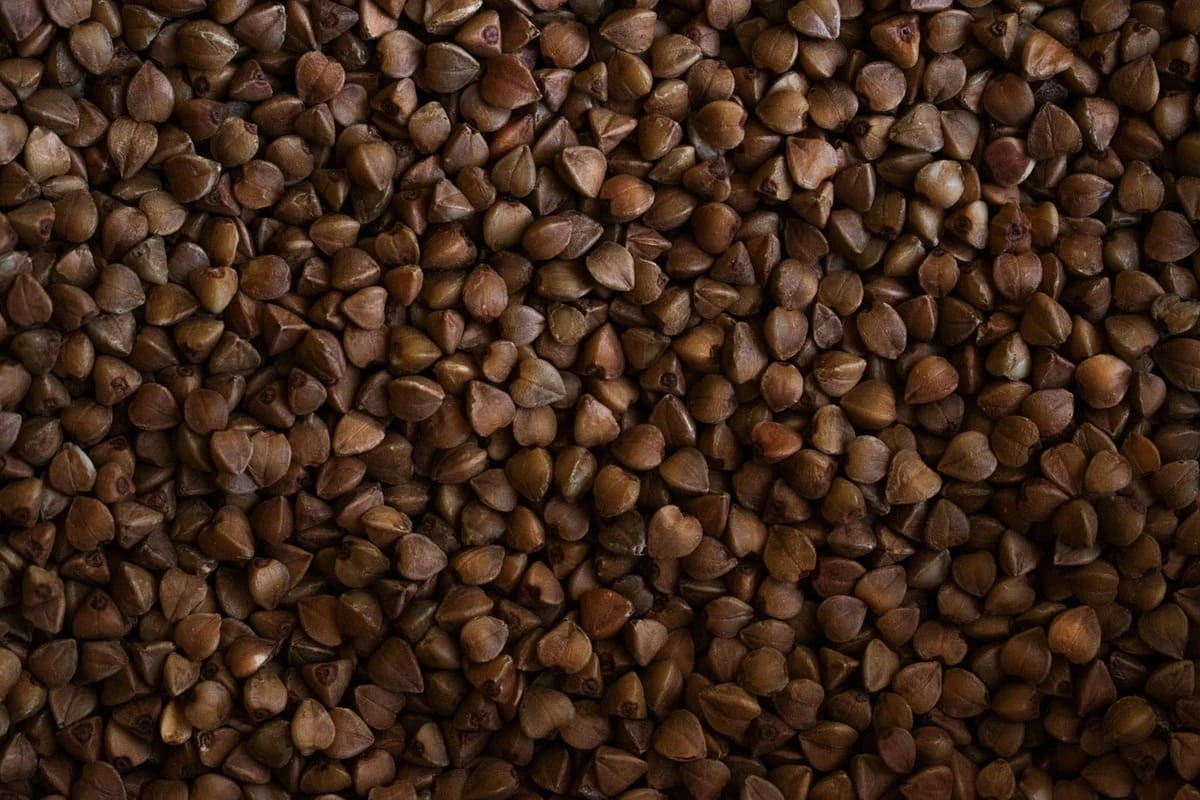 Buckwheat pillows also reflect Japan’s long-standing respect for nature. Made from plant-based hulls that would otherwise go to waste after milling, they’re entirely biodegradable and reusable. Many households simply refill their pillow cases every few years instead of replacing the whole pillow—reducing waste and saving money.
Buckwheat pillows also reflect Japan’s long-standing respect for nature. Made from plant-based hulls that would otherwise go to waste after milling, they’re entirely biodegradable and reusable. Many households simply refill their pillow cases every few years instead of replacing the whole pillow—reducing waste and saving money.
Compared with synthetic foam pillows that flatten or crumble over time, buckwheat pillows can last a decade or more with periodic hull replacement and proper care. Their sustainability and simplicity align with Japan’s mottainai spirit—avoiding waste and cherishing what still works.
Modern Adaptations in Japan and Abroad
Today, sobakawa pillows are not just for traditional homes. Japanese manufacturers like EMOOR have refined them with adjustable zippers, washable covers, and ergonomic shapes. Overseas, brands such as Hullo in the U.S. promote buckwheat pillows as a natural alternative to foam, celebrating their cooling and customizable qualities.
While the material remains the same, the presentation has evolved—combining Japan’s heritage with global demand for sustainable and supportive sleep products. Even in high-tech lifestyles, this simple pillow continues to prove its timeless value.
Conclusion
The buckwheat pillow endures not because it’s old-fashioned, but because it meets the timeless human desire for comfort, health, and harmony with nature. In every sense, it’s a product where Japanese tradition and modern practicality coexist. For those exploring authentic and sustainable sleep solutions, the sobakawa pillow remains a quietly powerful piece of Japan’s living culture.


